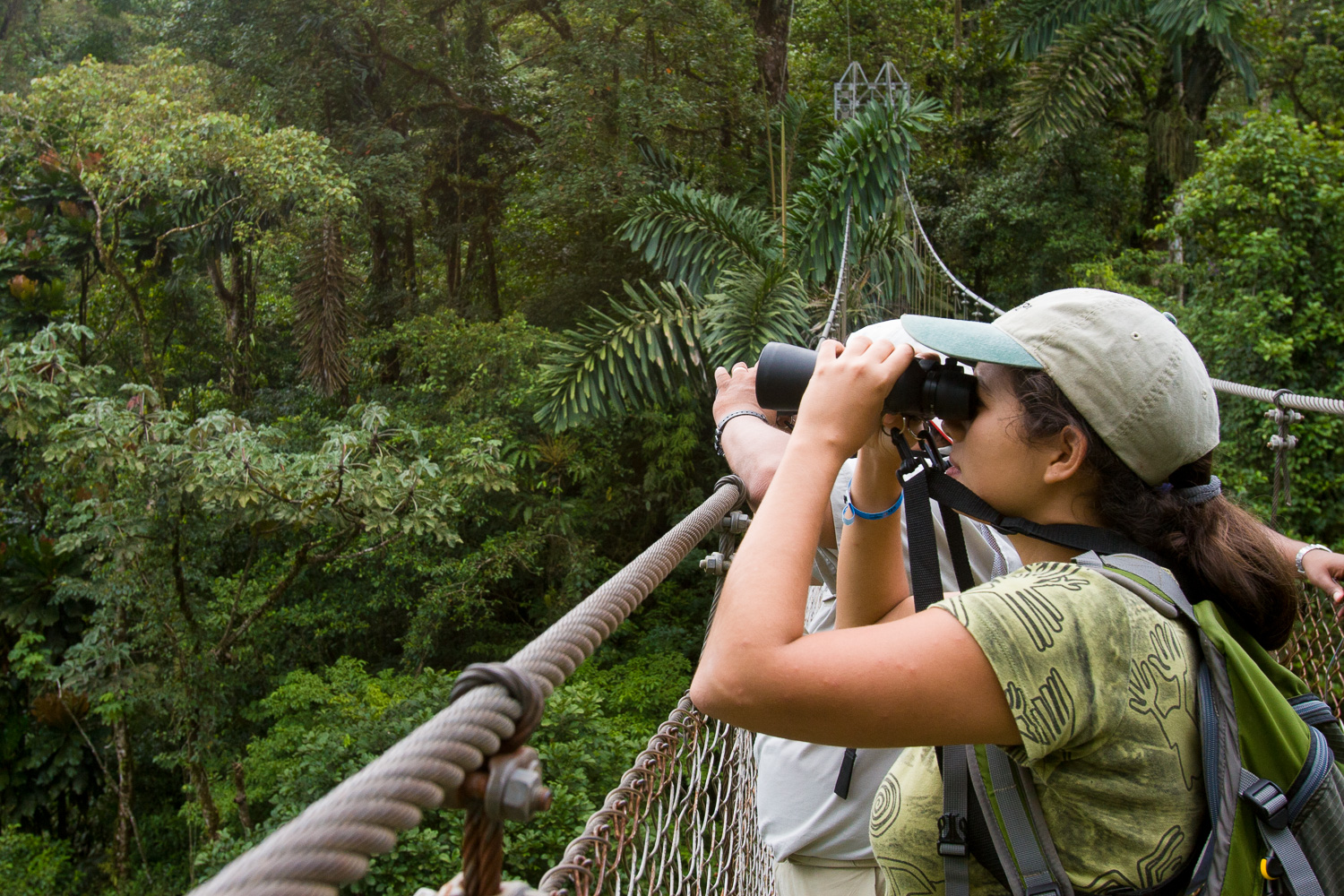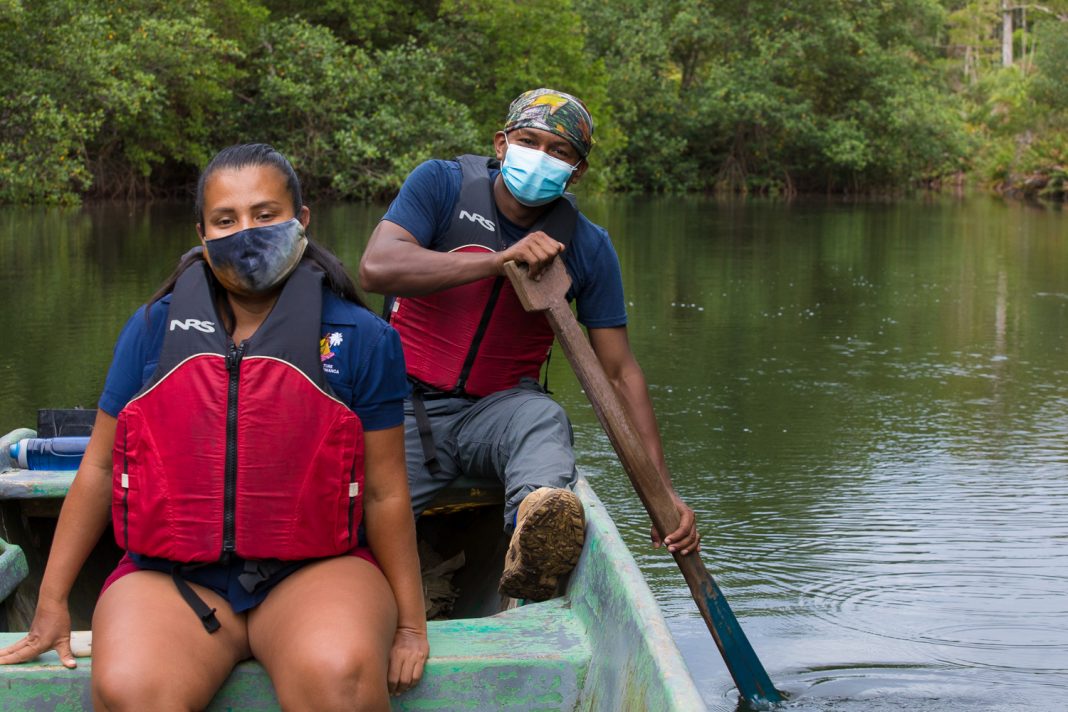Tourism in Costa Rica is directly related to our natural resources and their protection. Ecotourism, rural community tourism, sun and beach tourism, and adventure tourism are the categories that resonate most with our visitors. The country is positioned as a green destination, a leader in conservation, and home to friendly people. According to data from the Costa Rican Tourism Institute (ICT) for 2016, tourism generated 6.3% of GDP, and an additional 1.9% of GDP in indirect contributions such as the purchase of supplies, raw materials , or complementary labor. This translates into more than $3.5 billion.
However, despite all the foreign exchange earnings that this sector provides—more than the coffee, bananas and pineapple sectors combined—its combination of volatility, dependence on international conditions, the labor informality that exists in tourism, and inequity in the distribution of profits all put host communities at risk. This includes both the people who live in those communities and the ecosystems that surround them.
Tourism is an unstable economic sector, dependent on the international context. The 2009 crisis was a small sample of how the international market can affect the small Costa Rican tourist economy. In that year, a -21.1% variation was reported in currency generated by international tourism. However, a “zero season” like the one experienced last year with the total closure of borders to face the SARS-CoV-2 pandemic was the most drastic and radical way to expose how unprepared the sector was to face long periods of time without income.

This is because labor informality is a constant in the tourism industry. According to data from the Continuous Employment Survey of the National Institute of Statistics and Census (INEC), the year 2019 saw for 512,609 people working in activities associated with the tourism sector. Of these, only 33% were direct employees. The other people work informally, selling their professional services without Social Security; their income fluctuates with the number of visitors in the high or low season. Therefore, they receive no liquidation or severance funds if their job ends. Their survival depends solely on their ability to save, invest, and diversify their income.
This labor informality would not be so harmful if there were an equitable distribution of the foreign exchange generated as a result of the exploitation of the natural and cultural wealth of the country through tourism. However, it is a highly inequitable industry, home to both unpaid people and family helpers, per the Costa Rica Central Bank’s categories, and to foreign companies whose profit margins are exorbitant compared to the wages and income that remain in the country product of its operations. These companies’ capital is not reinvested in improving the quality of life of their host communities. Some examples are large hotel chains and international tour operators. For the year 2019, according to ICT data, the Social Progress Index in some tourist destinations such as Sámara, El Coco, Flamingo, Conchal, Tamarindo and Sarapiquí were lower than the overall Social Progress Index of the canton to which they belong.
The biggest challenge for Costa Rican tourism today is to achieve a more equitable distribution of profits so that, at the very least, the basic human needs of communities can be guaranteed in periods of crisis, thus generating greater well-being for their residents. This would also allow the country to comply with the intention set for by the International Labour Organization (UNWTO) that tourism should contribute to economic growth, inclusive development and environmental sustainability. In addition, it would help Costa Rica meet Sustainable Development Goals by reducing pressure on communities to use up protected natural resources, something that happens when the economy does not allow for food security. According to the Food and Agriculture Organization of the United Nations (FAO), food security is achieved when “all people, at all times, have physical and economic access to sufficient food that is safe and nutritious, to meet their needs and their preferences, with the aim of leading an active and healthy life.”
In the case of our tourist communities, there is a paradox. A natural resource can be a source of food and of raw materials such as wood, palm for roofs, and medicines, but for historical reasons, conservation has been carried out in a restrictive way. The community is excluded from protected areas; their use and exploitation are restricted; and at the same time, communities are asked to take care of them, with the promise that the money that visitors are going to bring will be enough for them to have a better quality of service. life. But as soon as the economy does not guarantee basic nutritional needs, residents’ gaze turns to those protected resources, which are now consumed out of need, illegally. People run the risk of fines and even jail time. This creates a vicious cycle in which food insecurity promotes the extraction of natural resources, because tourist communities have not become resilient to changes in the market.

This is an archaic, top-down model of conservation, where conservation policies are imposed externally on the community without their involvement, and without knowledge of their contexts and realities. This is now beginning to be replaced by environmental management models proposed by and for communities using a bottom-up approach to conservation. When implemented well, these models have proven to be more successful not only in helping a better quality of life for local people, but also in reinforcing a sense of belonging. This allows conservation to emerge out of love, not through imposition.
Costa Rica is beginning to develop small, isolated cases of resource co-management, including those at Cahuita, Chirripó, Ostional, and Marino Ballena National Parks. These make the community visible, part of the natural resource. They help ensure that the income generated by natural resources and tourism stay in the community and are invested in improving the quality of life of residents, as well as in improving their environment. The implementation of inclusive conservation strategies that increase community participation, along with a better redistribution of tourism income, are key if our tourism structure is to become resilient and avoid future suffering when future volatility occurs in the tourism market.







The late founder of the National Park System Alvaro Ugalde once told me that he would pull out his hair if he had any for not building the park system from bottom up instead of the top down.